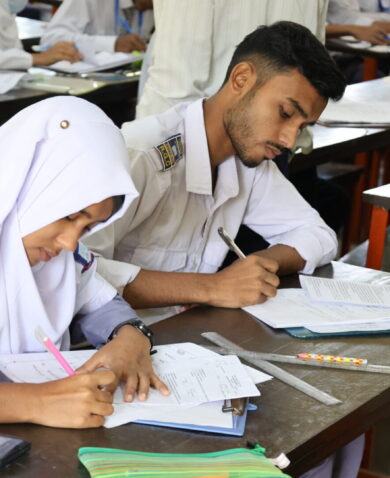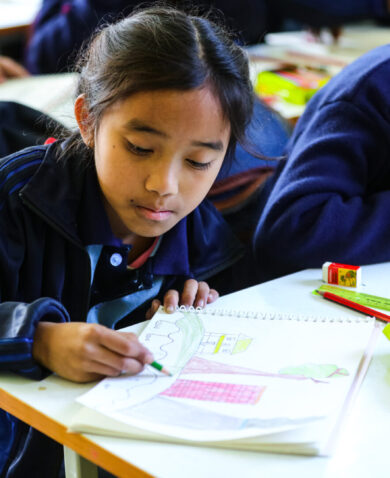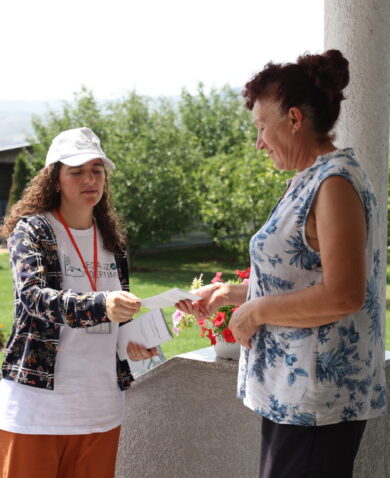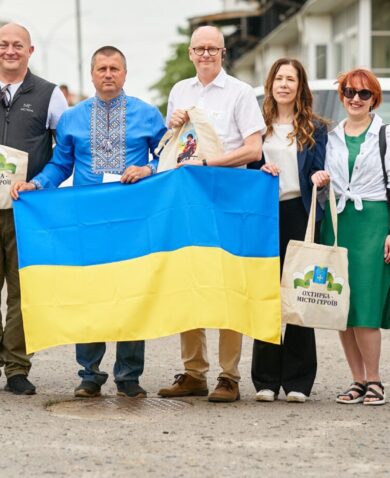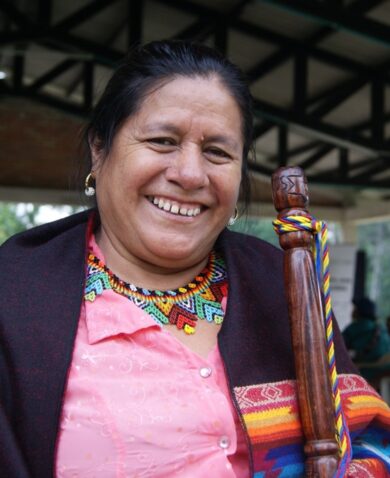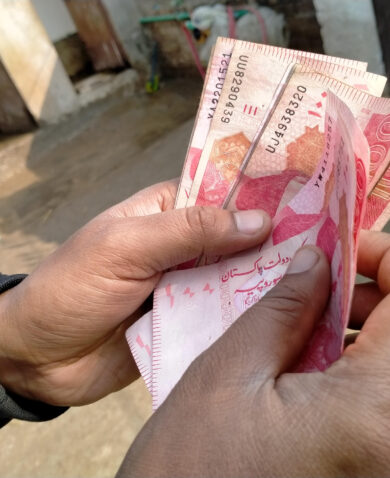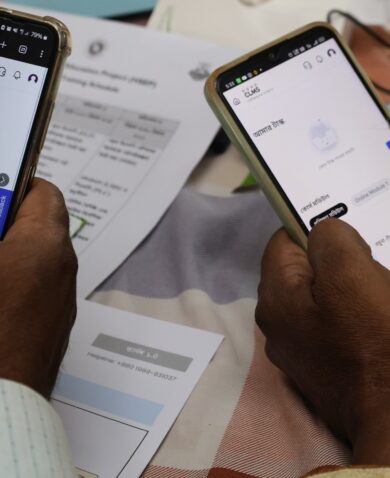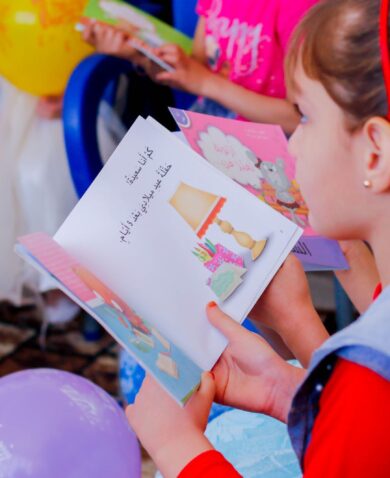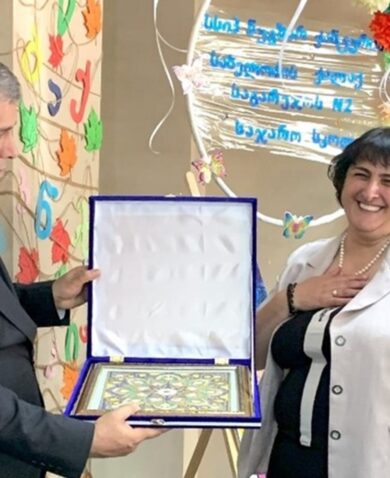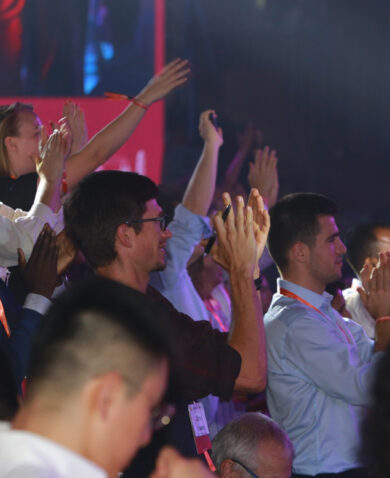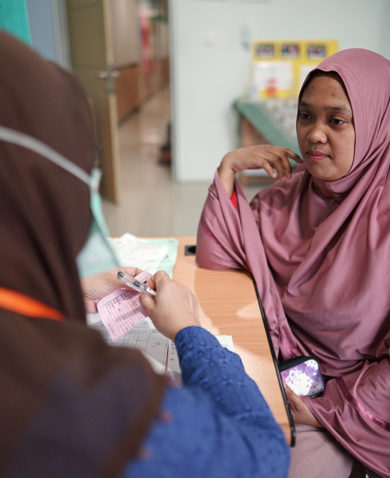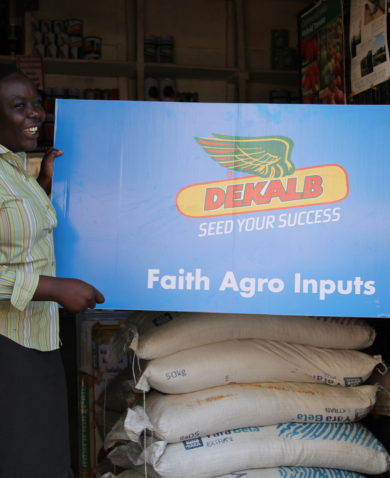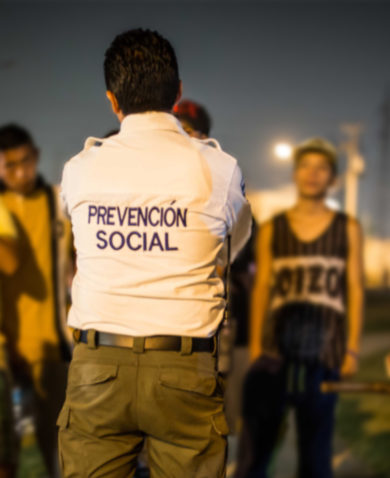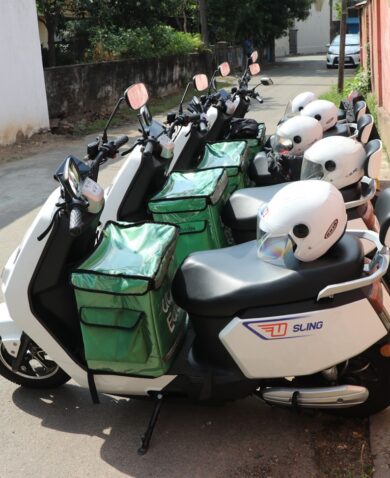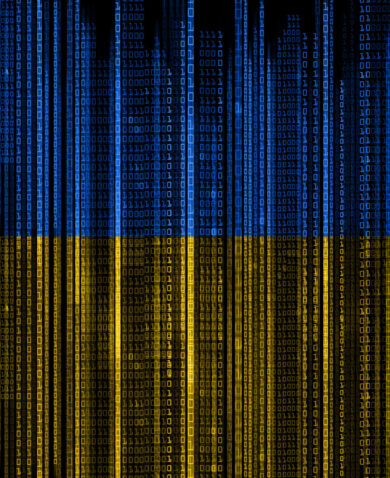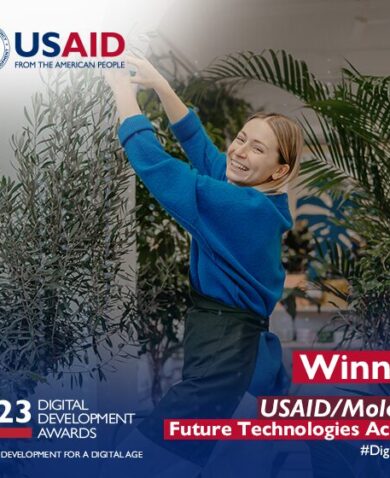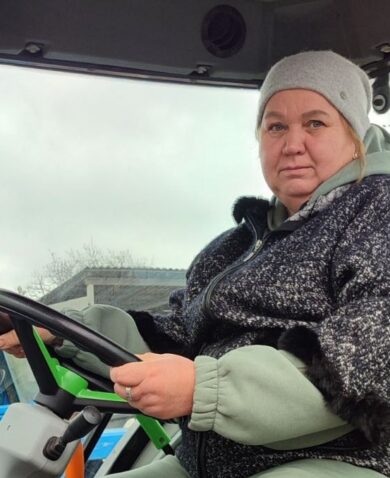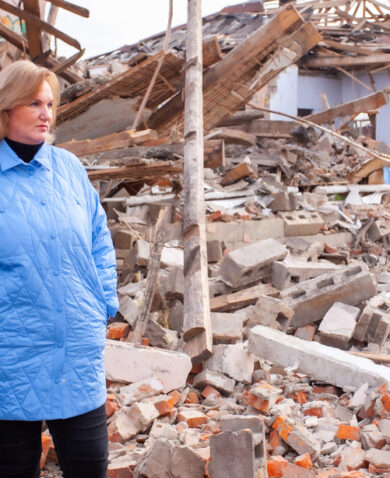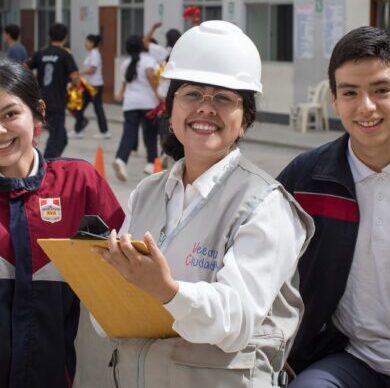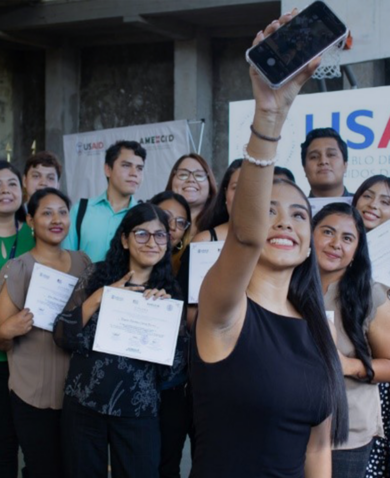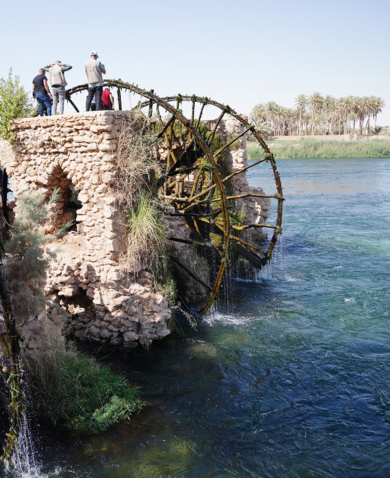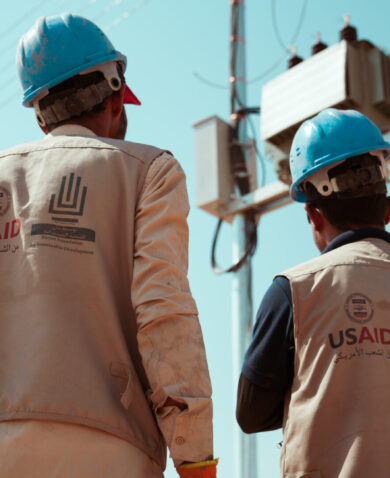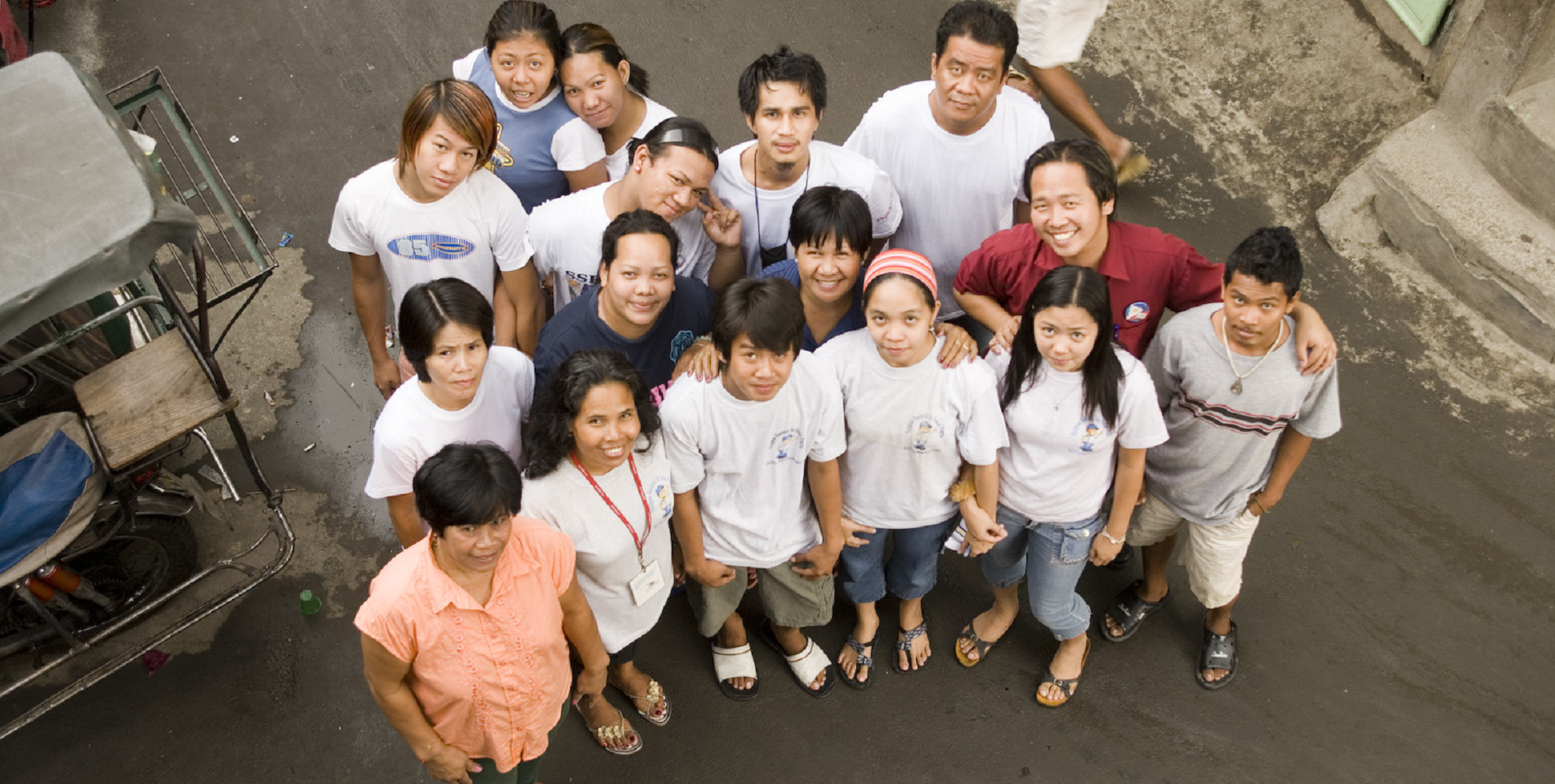
Cross-Sectoral Analysis Reveals Hidden Links to Youth Development
June 30, 2022 | 3 Minute ReadWith the largest youth population in history at 2.4 billion, engaging young people in international development programming is critical in shaping their communities and the world.
Youth – defined by USAID as those between the ages of 10-29 – are creating innovative solutions to global issues, building their capacity as leaders, and, in some instances, assuming positions of power. In the international development sector, we must invest in youth and prioritize their development to ensure that they have the support they need to pursue their goals. To do this, it is essential that we not only understand their challenges and opportunities, but also areas where youth programming has been successful or missed the mark.
USAID’s Positive Youth Development (PYD) Framework provides us with guidelines to begin uncovering the often-hidden stories of support to – or neglect of – youth across the globe. With four domains (assets, agency, contribution, and enabling environment), the PYD framework is both a guiding philosophy as well as a programmatic approach for supporting healthy, productive, and engaged youth as they grow into adulthood. In partnership with Arizona State University (ASU), Chemonics embarked on a journey of continuous learning to examine our youth-related projects.
Analyzing Our Projects
In the first quarter of 2022, Chemonics’ youth experts teamed up with a group of graduate students from ASU, many of whom were youth themselves, to determine how our projects align with USAID’s PYD principles. The seven projects that were analyzed covered a range of disciplines as youth development is so cross-cutting, and often were not youth-focused projects. Through this analysis, we sought to identify alignment with the tenets of PYD and, more broadly, the trends, successes, and learning opportunities in USAID programming as it relates to youth development. The analysis also looked at the level of youth engagement in the design and implementation of projects’ goals, the process by which projects identified youth stakeholders, and project staff’s awareness of the PYD model.
We utilized modern text analytics techniques to distill data from nearly 6,000 pages of reports, work plans, and contracts. From there, we implemented a three-step process to achieve our intended goal:
- Structuring and cleaning the data to allow input into machine learning models.
- Manual tagging to ensure relevancy and accuracy.
- Populating a dashboard to make the information more accessible. We used Python to perform backend processing and created a Microsoft Power BI dashboard to easily display the results from the information collected.
Findings and Implications
The analysis revealed that most of Chemonics’ support to youth are realized through the PYD domains of assets, contribution, and enabling environment. We primarily engage those domains through training, youth engagement, and gender responsive policies, respectively. For example, we provided youth with training for technology and engineering skills sought by the private sector through the Moldova Competitiveness Project, increased economic opportunities for Ugandan youth in agricultural-related fields through the Feed the Future Youth Leadership in Agriculture activity, and enabling education through digital platforms in the ZRDA Activity in Georgia.
Because of ASU’s creation of an automated process and a dashboard for visualization, we can quickly filter project information in correlation to the PYD framework. Information that would have taken weeks, or even months, to decipher can now be analyzed within a matter of minutes. This process allows us to find links to PYD where we may not have known they existed. We can also begin to be more intentional in designing our youth programs – replicating and adapting successful practices into different contexts, more rapidly adjusting activities when needed, and scaling when appropriate. In addition to analyzing for the purposes of PYD, we believe this process can be used more widely across Chemonics to encompass frameworks from other technical sectors.
The ASU team was critical in bringing an objective lens to this analysis as they provided perspectives outside of the development community. In the video below, the ASU team’s project leader Rahul Sivaram shares his perspective on the utility of this sort of analysis and what he and his team learned from it.
Engaging with a youth-led team and an academic institution not only provided a valuable perspective on our work but also embodied our commitment to partner with youth on their own development and actively engage in continuous learning. This initiative was a reminder that international development practitioners should not be making decisions about youth-development programming without listening to youth voices. One of the many ways we can commit to improving engagement with youth is to look across the work we are doing to uncover the hidden story of our support to young people across the globe and using this research initiative to further demonstrate our accountability as project implementers.
Banner image caption: Youth in the Philippines. The photo was taken by the USAID-funded Philippine Tuberculosis Initiatives for the Private Sector project implemented by Chemonics.
This blog was based on the research and final report developed by the team from ASU, specifically Rahul Sivaram, Mahboubeh Afrasiabi, Ziyi Tao, Shubhdeep Singh, and Seung Min Yang. Many thanks to them for their contributions. Posts on the blog represent the views of the authors and do not necessarily represent the views of Chemonics.



